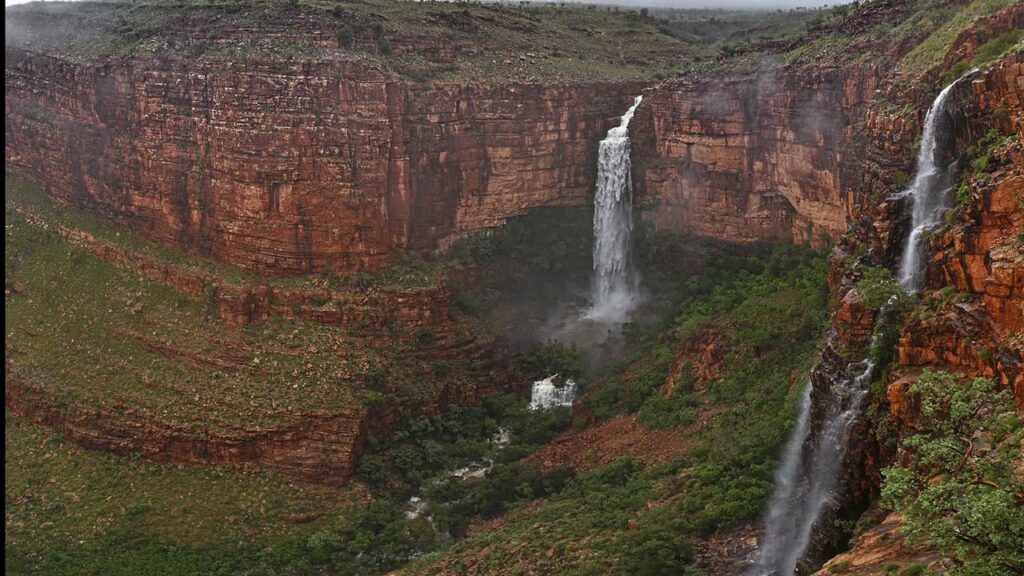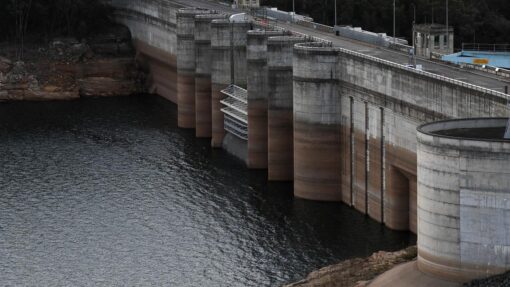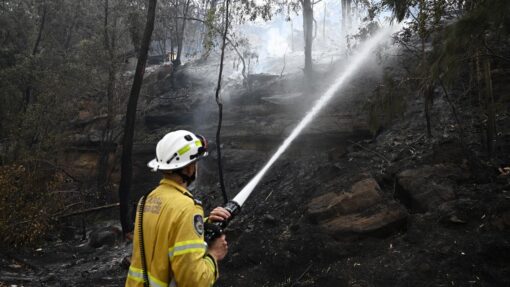Canoes ready as remote crew awaits rescue
Tracey Ferrier |

Four conservation workers are waiting to be rescued from a remote wildlife camp, with canoes at the ready in case they’re forced to flee to higher ground.
Record flooding in Western Australia’s Kimberley region has forced the evacuation of two sanctuaries run by the Australian Wildlife Conservancy.
One mission is complete, with three people choppered off the Charnley River-Artesian Range Wilderness Camp after the power and water systems went out.
Four others were airlifted from the Mornington Wilderness Camp on Wednesday, but four more remain after floodwaters swamped most of the buildings at the site.
It’s hoped those still stuck there can be rescued later in the day but much will depend on the weather generated by ex-tropical cyclone Ellie.
The four are safe and dry, sheltering in the highest of the structures that didn’t go under, says Aled Hoggett, the regional operations manager for AWC in the Kimberley.
“That’s where everybody has been sitting for the last couple of days. Everybody’s safe.
“They have been dry and sheltered but obviously it’s been a long and anxious wait for them. With the weather conditions the way they are, there’s been no certainty about our ability to evacuate them.”
The floodwaters rose to within 20 metres of the group’s safe haven.
“The houses are at the base of a ridge of rock. They’ve got canoes to the houses just in case they had to evacuate, and get up onto even higher ground. But fortunately the water only came so high and it has started to recede.”
He said the water rose very quickly after more than 350mm of rain was recorded at Diamond Gorge a few days ago.
“There’s been less rainfall over the last couple of days. Given that Mornington is quite high up in the catchment, these places that usually don’t flood they drain reasonably quickly.
“But given the nature of the cyclone and its projected track it may well come back over the area, and add significant additional rainfall.”
Mr Hoggett says it will take some time to determine how the floods have impacted scientific work including an ongoing project to monitor a population of the endangered purple-crowned fairy-wren.
Four of the eight people caught up in the flooding at Mornington were from Monash University, and were there to carry out annual field work.
“They monitor the birds, including collecting samples for genetic analysis. At the moment we’re trying to make sure we rescue those samples and don’t lose the work they’ve already done this year,” Mr Hoggett says.
“But it will put a significant hole in that continuous data set. And in terms of science, continuous data sets are precious and we always try to avoid breaks in them.”
What’s guaranteed is Mornington will need a lot of clean-up work, with most buildings inundated including the office complex, communal facilities including the kitchen, pilots’ quarters, and accommodation buildings.
AAP


